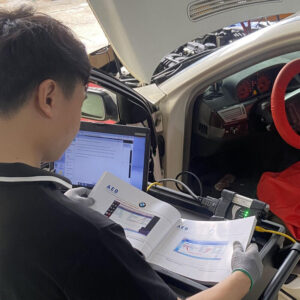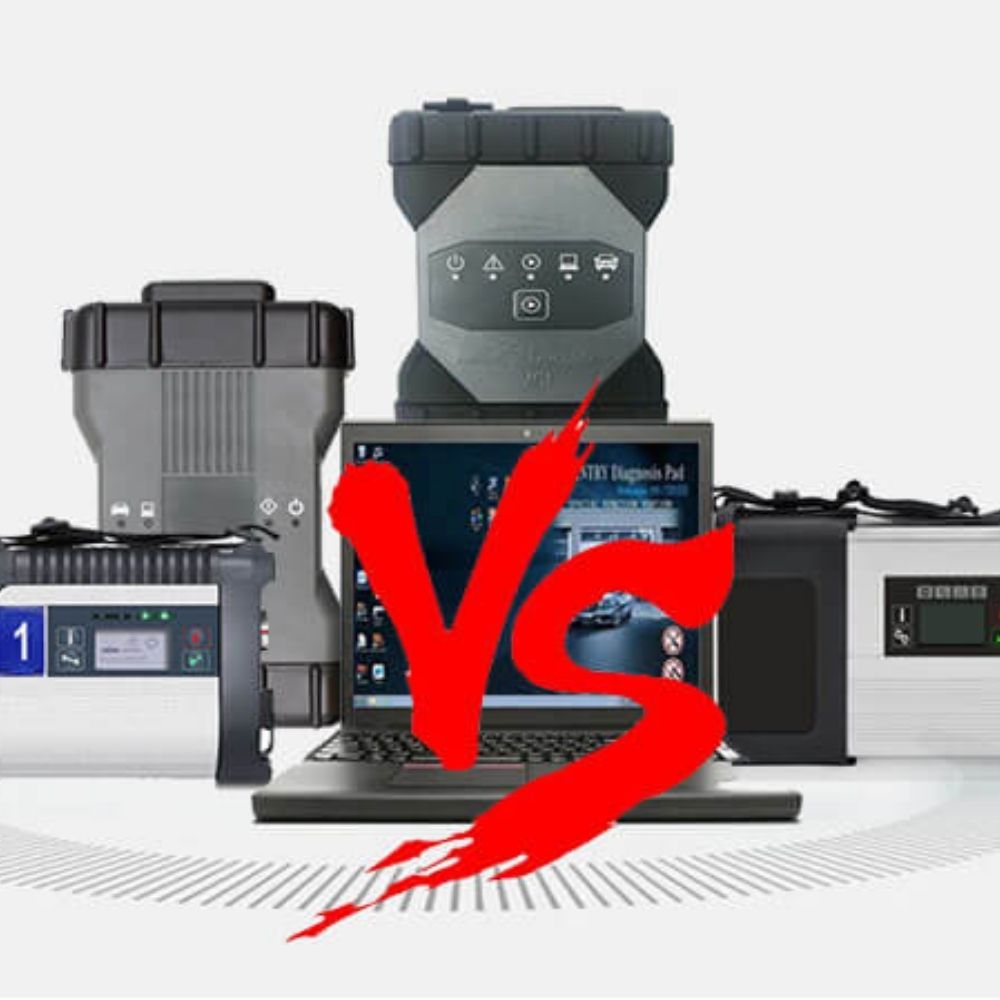
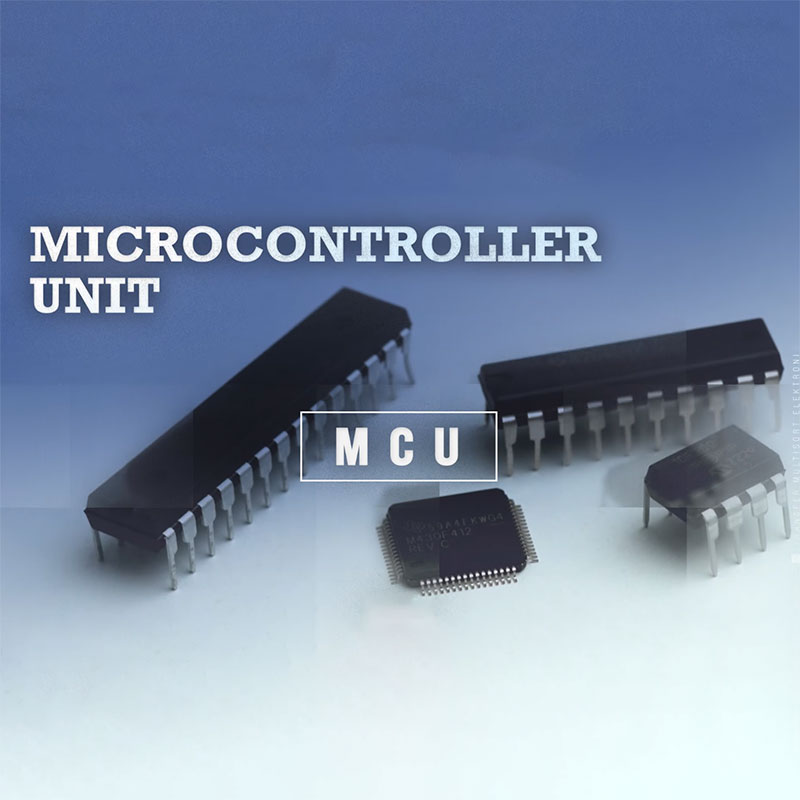
What Is a Microcontroller Unit (MCU)? Definition, Architecture, and Applications
Contents
- Microcontroller Unit Architecture
- 1. Central Processing Unit (CPU)
- 2. Memory Hierarchy
- 3. Input/Output Peripherals
- 4. Power Management
- Microcontroller Unit Applications
- 1. Automotive Systems
- 2. Industrial Automation
- 3. Consumer Electronics
- Design Considerations
- 1. Performance vs. Power Efficiency
- 2. Security Features
- 3. Development Tools
- Future Trends in Microcontroller Units
- Contact Us for Automotive ECU Programming & Support
A Microcontroller Unit (MCU) is a compact, integrated circuit designed for controlling specific functions in embedded systems. Unlike general-purpose microprocessors, an MCU consolidates a central processing unit (CPU), memory modules, and programmable input/output (I/O) peripherals onto a single chip. This integration allows MCUs to execute real-time operations efficiently, making them essential in automotive systems, industrial automation, and consumer electronics.
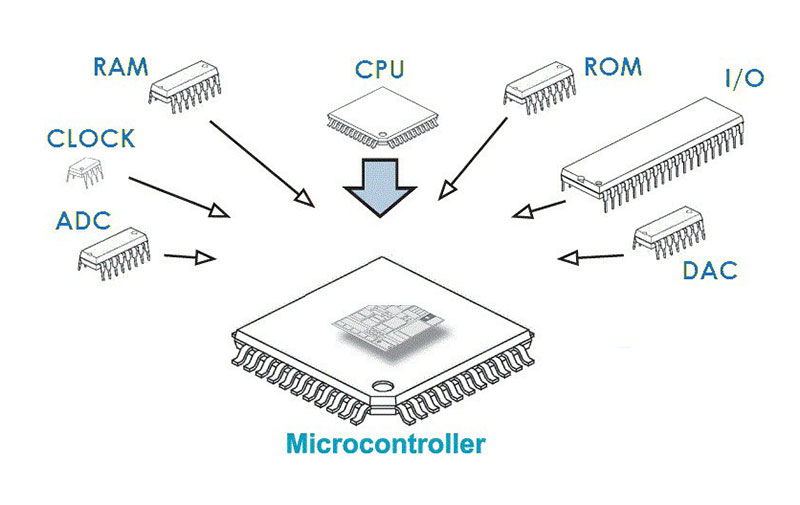
Microcontroller Unit Architecture
1. Central Processing Unit (CPU)
The CPU is the core of the MCU, responsible for executing instructions and processing data. MCUs employ different architectures based on application needs:
- 8-bit MCUs (e.g., Atmel AVR) – Ideal for basic control tasks.
- 16-bit MCUs (e.g., TI MSP430) – Used in medical and low-power applications.
- 32-bit MCUs (e.g., ARM Cortex-M) – Common in automotive Advanced Driver Assistance Systems (ADAS) and high-speed applications.
- Floating Point Unit in Microcontroller – Found in high-performance MCUs to handle complex mathematical calculations, such as motor control algorithms.
2. Memory Hierarchy
MCUs use a layered memory system to optimize data storage and execution:
- Flash Memory (ROM): Stores firmware and calibration data, with capacities up to 2MB in advanced MCUs.
- RAM: Provides volatile storage for sensor data, ranging from 512 bytes to 256 KB.
- EEPROM: Retains configuration settings, such as fuel injection maps in automotive ECUs.
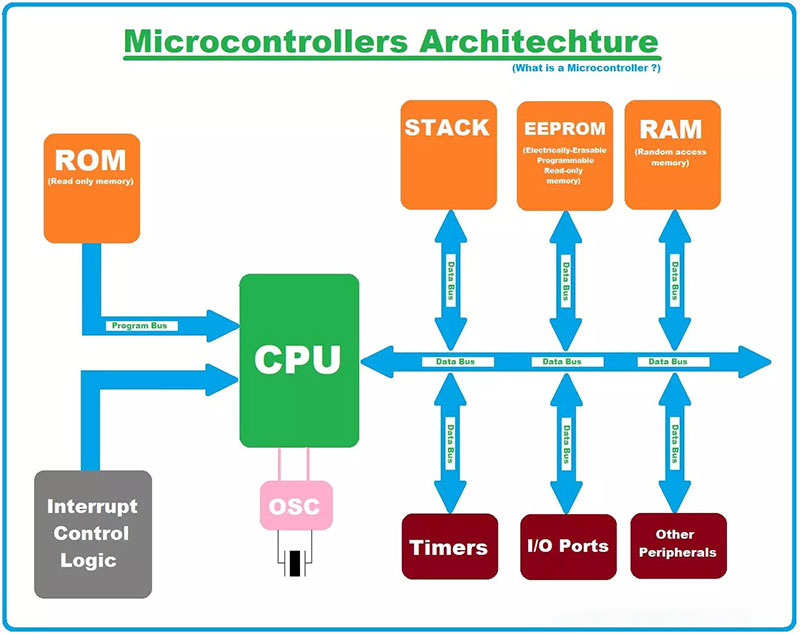
3. Input/Output Peripherals
MCUs integrate various input/output interfaces for data acquisition and control:
- Analog-to-Digital Converters (ADCs): Convert sensor signals (8 to 24-bit resolution).
- Timers/Counters: Generate Pulse Width Modulation (PWM) signals for motor control.
- Input Capture Unit in Microcontroller: Captures external event signals for precision measurement.
- Communication Interfaces:
- UART/USART – Serial communication up to 115.2 kbps.
- SPI/I2C – Used for interfacing with EEPROMs and displays.
- CAN FD – Supports automotive ECU networking at 5 Mbps.
4. Power Management
To optimize efficiency, MCUs implement low-power modes to reduce energy consumption below 1 µA, crucial for IoT applications.
Microcontroller Unit Applications
1. Automotive Systems
MCUs power various automotive subsystems, including:
- Engine Control Units (ECUs): Regulate fuel injection and ignition timing.
- ADAS: Process sensor inputs for adaptive cruise control, lane departure warning, and autonomous braking.
2. Industrial Automation
MCUs optimize efficiency in industrial settings by:
- PLC Controllers: Managing PID control loops for temperature and pressure regulation.
- Robotics: Coordinating robotic arm movements via CANopen networks.
3. Consumer Electronics
MCUs play a vital role in modern consumer technology:
- Microcontroller Unit Arduino: Enables easy development of DIY and IoT projects.
- Smart Home Devices: Wi-Fi-enabled MCUs like ESP8266 provide smart connectivity.
- Wearables: Nordic nRF52 series optimize Bluetooth Low Energy (BLE) communication.
Design Considerations
1. Performance vs. Power Efficiency
- High-performance MCUs: ARM Cortex-M7 (300 MHz) for motor control.
- Ultra-low-power MCUs: Silicon Labs EFM32 operates at 30 µA/MHz.
2. Security Features
- Secure Boot: Ensures firmware integrity using SHA-256 cryptographic signatures.
- Hardware Security Modules (HSMs): Encrypt communication over CAN bus to prevent hacking.
3. Development Tools
- IDEs: STM32CubeIDE, MPLAB X, and Arduino CLI support MCU programming.
- RTOS Support: FreeRTOS and Zephyr OS enable multitasking on resource-constrained MCUs.
Future Trends in Microcontroller Units
- RISC-V Adoption: Open-source MCUs reduce licensing costs.
- AI at the Edge: MCUs with TinyML enable AI-powered predictive maintenance.
- Advanced Thermal Management: High-speed MCUs (e.g., Renesas RX72T at 240 MHz) integrate heat dissipation solutions.
Contact Us for Automotive ECU Programming & Support
At AutoExplain, we provide expert solutions for car diagnostics, coding, and ECU programming. Whether you need assistance with MCU-based automotive modules, fault code troubleshooting, or software calibration, our team is ready to help!
📞 Contact us via WhatsApp: +1(936)2896695
Visit AutoExplain for expert car repair guidance and technical support!

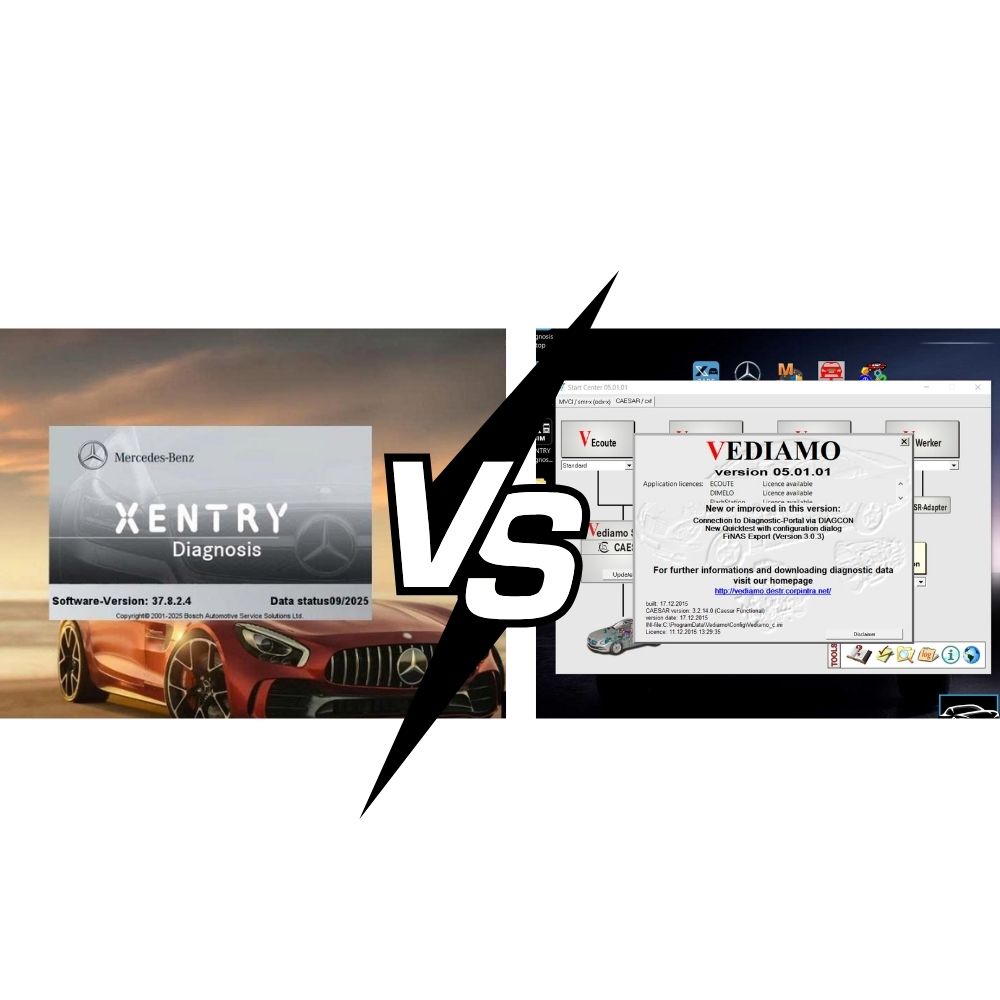
Vediamo vs Xentry: What’s the Difference?

Why Did My ABS Light Come On? Four Reasons Update Latest

ABS Auto Brake Service – Anti-Lock Brake Service Cost



